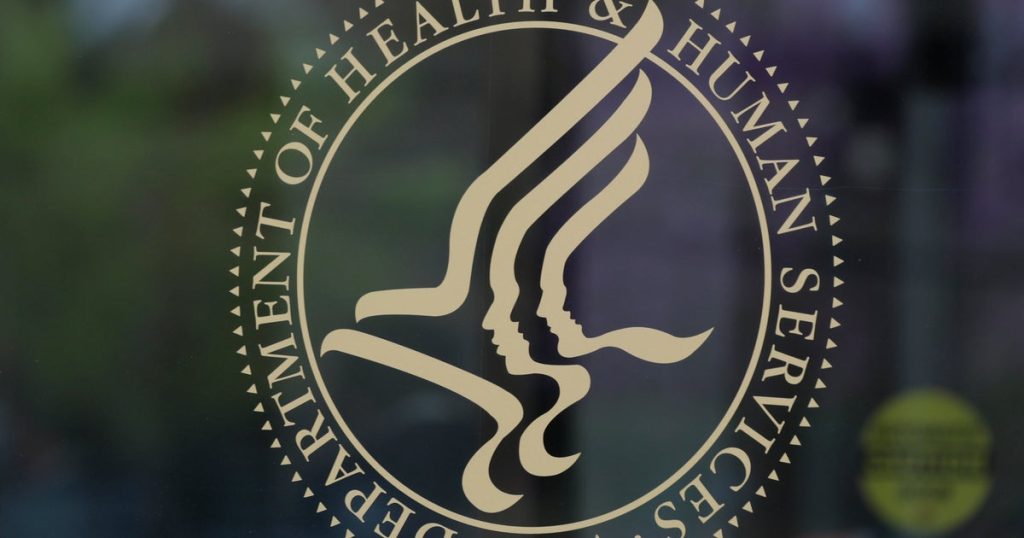In a significant reversal concerning staff layoffs, the Department of Health and Human Services (HHS) has formally rescinded several layoffs that impacted employees at both the U.S. Centers for Disease Control and Prevention (CDC) and the Food and Drug Administration (FDA). This decision brings back some employees who had received layoff notices, particularly within the World Trade Center Health Program, amidst a backdrop of broader organizational changes within these federal health agencies. The abrupt decision follows substantial public outcry from lawmakers and community advocates regarding protections for vital public health services.
| Article Subheadings |
|---|
| 1) Background of Layoff Notices |
| 2) Response from Health Officials |
| 3) Community Impact and Reactions |
| 4) Ongoing Controversies and Challenges |
| 5) Future Prospects for the Agencies |
Background of Layoff Notices
The turmoil began when laid-off employees received formal notices regarding the Department of Health and Human Services’ impending reduction in force (RIF). These notifications sparked alarm, particularly among staff members at the CDC’s National Institute of Occupational Safety and Health (NIOSH) and the FDA. Initial layoffs targeted 15 employees within the World Trade Center Health Program, which serves first responders and survivors of the September 11 attacks. The timing of these layoffs, which coincided with significant roles these programs play in public health, raised eyebrows and prompted a swift response from several New York lawmakers who characterized the cuts as damaging to public health initiatives.
Response from Health Officials
In the wake of backlash from the affected employees and lawmakers, health officials stepped forward to clarify the situation. Health and Human Services Secretary Robert F. Kennedy Jr. emphasized that the programs facing cuts were not being terminated, but rather repositioned within a newly proposed agency called the Administration for a Healthy America. In interviews, he asserted,
“Those programs were not terminated, as the media has reported. But they’ve simply been consolidated into a place that makes more sense.”
This statement aimed to provide some reassurance to the affected employees and the public regarding the continuity of essential health services.
Community Impact and Reactions
The decision to rescind layoff notices has been met with mixed reactions from the community and stakeholders involved. Public health advocates and community leaders expressed relief over the reinstatement of health workers, particularly given the critical nature of services offered by the World Trade Center Health Program. Many touted the program as a necessary support for survivors and first responders who often rely on specialized healthcare services. The decision to reinstate some employees was celebrated, yet it simultaneously underscored the uncertainty still felt by many workers who remained without clarity regarding their employment status.
Ongoing Controversies and Challenges
Despite the reinstatement of some employees, many workers within the FDA and CDC remain in limbo. Reports indicate that not all laboratory staff received reinstatement letters, leaving gaps in critical operational areas. Specifically, employees from the FDA’s drug safety laboratories in Puerto Rico and Detroit reported a lack of communication regarding their layoffs. Furthermore, employees at the CDC’s National Center for Environmental Health continued to face uncertainty, even after assurances from Secretary Kennedy about potential reinstatements. This fosters an environment of anxiety among workers who are critical to public health endeavors.
Future Prospects for the Agencies
The future of the CDC and FDA hangs in a delicate balance as officials strive to realign their objectives in a climate of budget constraints. The layoffs at the National Institutes of Health (NIH), which included staff reductions that stunned many long-term employees, showcase the implications of such organizational changes. As investigations continue regarding which teams were cut and why, the agencies face the pressing challenge of restoring trust among staff while effectively managing operational demands. Stakeholders are watching closely to see how the HHS will navigate these complexities moving forward.
| No. | Key Points |
|---|---|
| 1 | The HHS revoked some layoff notices due to public and legislative outcry regarding public health services. |
| 2 | Health Secretary Robert F. Kennedy Jr. stated the changes aimed to consolidate programs rather than terminate them. |
| 3 | Layoffs touched all corners of public health operations, causing confusion and concern among the community. |
| 4 | Many employees remain in limbo, waiting for clarity about their employment status amidst ongoing organizational changes. |
| 5 | The future of critical public health services remains uncertain as agencies navigate budget constraints and workforce adjustments. |
Summary
The Department of Health and Human Services’ recent decision to rescind some layoff notices marks a significant moment amidst ongoing controversies regarding federal public health workforce restructuring. While the reinstatement of some crucial staff at the CDC and FDA may provide temporary relief, uncertainties persist for numerous employees who await communication about their job statuses. As public health services adapt to meet emerging challenges, the path ahead for these critical agencies remains complex and under scrutiny.
Frequently Asked Questions
Question: What prompted the revocation of layoff notices?
The revocation was due, in large part, to public outcry and concerns raised by lawmakers regarding the implications of workforce reductions on essential public health services.
Question: What changes did Secretary Robert F. Kennedy Jr. announce for public health programs?
Secretary Kennedy indicated that programs previously affected would be consolidated into a new agency meant to enhance efficiency, rather than being terminated outright.
Question: What are the uncertainties surrounding the future of the CDC and FDA?
Many employees are still awaiting clarity on their employment statuses, and ongoing budget challenges may affect workforce adjustments and the agencies’ abilities to fulfill their public health missions.
